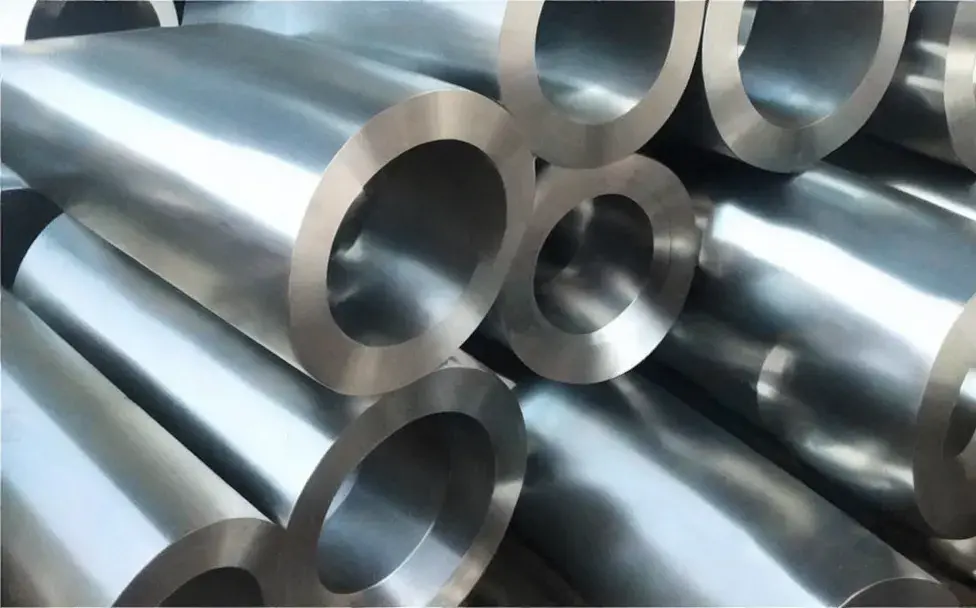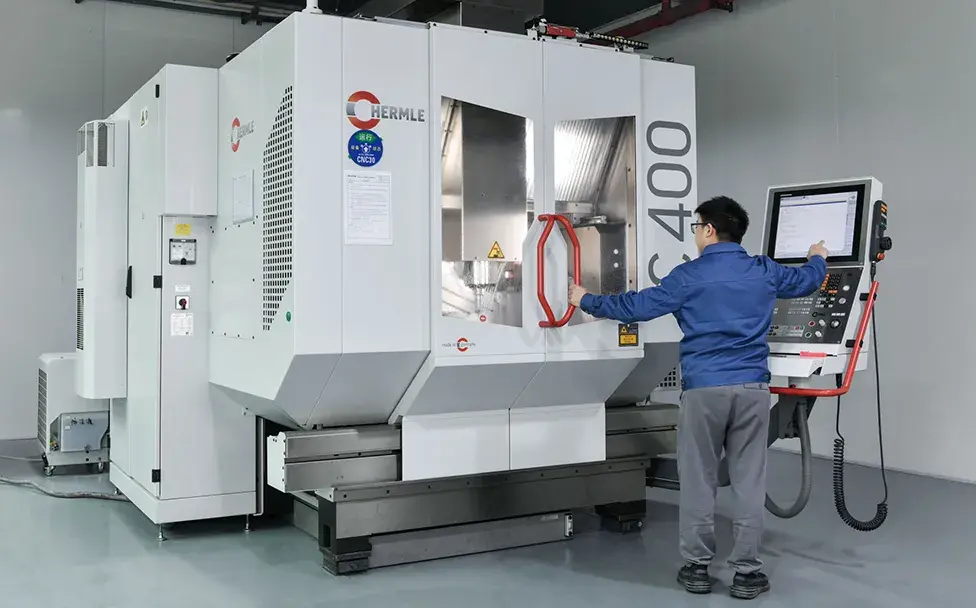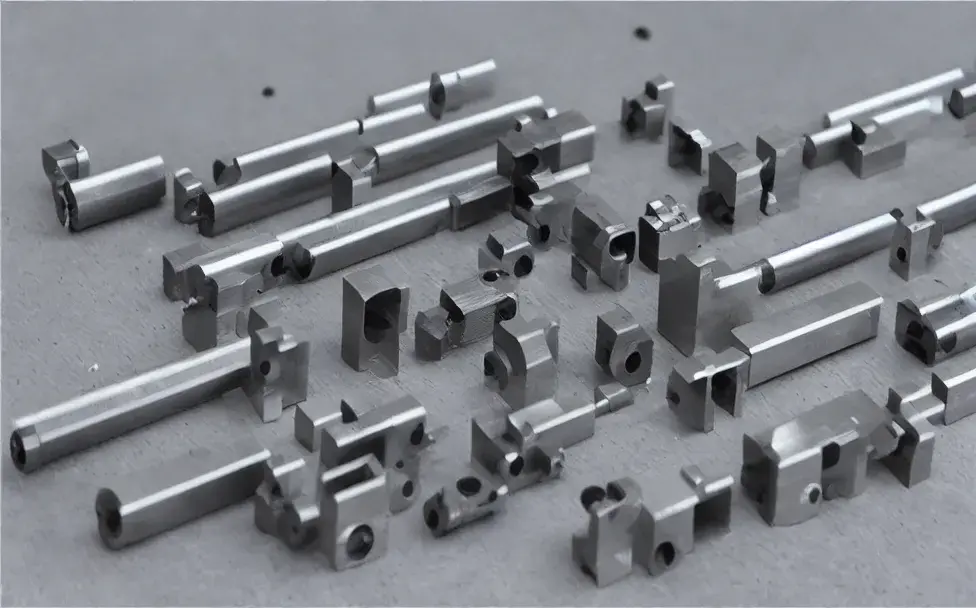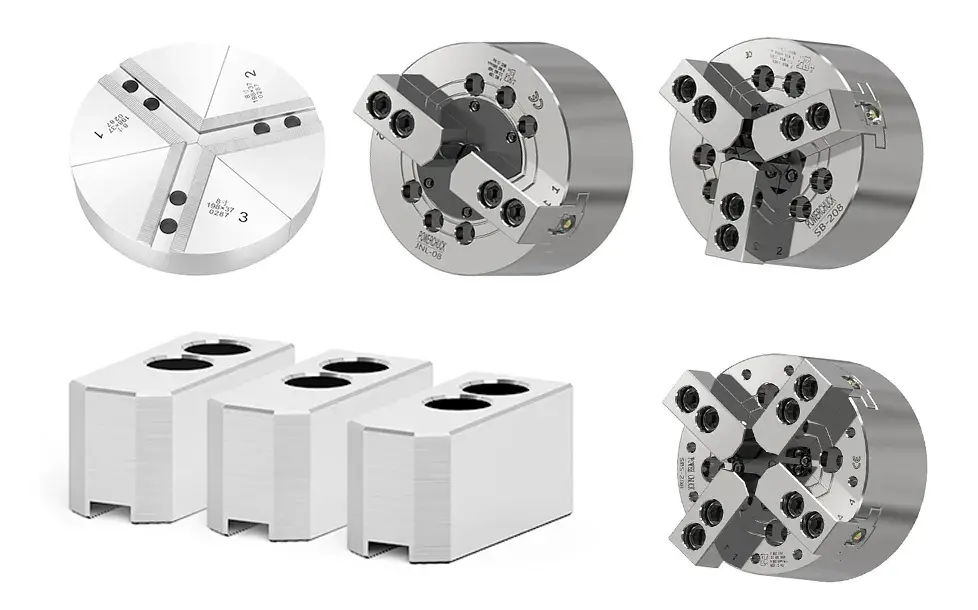Content Navigator
What is Thread Milling?

Thread milling cutter, as the name suggests, is a cutting tool that uses milling to process threads. It looks similar to a tap, but it is actually a milling cutter. The principle of thread milling is: using a thread milling cutter with the same tooth shape as the thread to be processed, the tool moves one circle on the horizontal plane and moves a straight line on the vertical plane by a P (guide process), repeating this process completes the thread processing. In actual processing, the thread milling cutter is driven by the spindle to perform spiral milling, and the Z-axis direction of the tool moves a cutting height (lead) every time the spiral mills one circle.
Benefits of Thread Milling
Traditional thread processing mainly uses tools such as taps, die sets, or thread turning tools, which require high levels of operators and are not efficient. With the increasing popularity of CNC machine tools, thread milling processing technology is more and more widely used in the machinery manufacturing industry. It mainly has the following advantages:
1.High Surface Quality.
In the process of thread milling, the back cutting tool is small, the spindle speed is high, the cutting speed is very high, and the small cutting force makes the chip surface smooth; the fine chips can be easily washed out of the workpiece by the cutting fluid without scratching the existing ones. Process the surface. A very high surface quality can be obtained. According to milling parameters such as different feed rates and different speeds, the surface quality can also be artificially controlled.
2.High Processing Efficiency.
Traditional thread processing includes taps, dies, turning and other methods. The thread turned on the base of the machine is greatly restricted by actual production. Whether it is a thread with a large diameter or a thread on a slender shaft, turning is difficult to achieve good processing. During the tapping process, due to the large stress, the speed of the tap is low, and the tool must be withdrawn in the opposite direction, which greatly reduces the production efficiency. As for the die, the production efficiency is lower, and it wastes manpower and material resources. With the help of three-axis CNC machine tool for thread milling, its processing line speed can reach 80M-200M/MIN, and it is not affected by the material. The same thread milling cutter can process internal and external threads of different rotation directions.
3.Dimensional Accuracy is Easy to Guarantee.
For workpieces with high thread accuracy requirements, since the thread milling cutter relies on helical interpolation to ensure accuracy, the required thread accuracy can be obtained only by adjusting the program. For a thread that needs to be processed, it can be processed at one time, but in order to better control the dimensional accuracy, the tool compensation value can be modified step by step until the part size requirements are met.
4.Wide Processing Range and Low Cost.
The same thread milling cutter can process left-handed threads, right-handed threads, internal threads, and external threads. Taps and dies are used for tapping. For threads of the same pitch with different diameters, taps and dies of corresponding diameters are required. The force of thread milling is small, the tool material is good, and the tool wear is small during use. In this way, the same knife can be mass-produced and the cost of use is low.
Thread Milling Tools

Common thread milling cutters can be roughly divided into two types: machine clip type and integral type:
1.Clip-on milling cutters
Clip-on milling cutters are easy to manufacture, and the price is low. Some thread inserts can be milled on both sides, and the single impact resistance is worse than that of the overall thread milling cutter. Therefore, this tool is often recommended for machining aluminum alloy materials. Machine clip milling cutters can be divided into single-tooth machine clips and multi-tooth machine clip thread milling cutters.
- Single-tooth machine clamp: The structure is like an internal thread turning tool. The insert is common to the turning tool. There is only one thread processing tooth, and the tool can only process one tooth per helical movement, and correspondingly decreases one pitch in the Z-axis direction. The efficiency is lower than that of multi-tooth thread milling cutters.
- Multi-tooth machine clamp: There are multiple thread processing teeth on the blade. The tool spirally moves for one circle, and multiple thread teeth can be processed by decreasing the pitch of the corresponding number of teeth on the Z axis, and the processing efficiency is high. Blade replacement is easy and inexpensive.
2.Integral type:
There are also multiple thread processing teeth on the blade, which is a fixed pitch thread milling cutter. The tool is made of solid carbide, with good rigidity, high cutting speed and feed speed, and a wide range of processing. Compact structure, capable of processing small and medium diameter internal threads.
The process of thread milling

Before processing the thread, the processing direction of the thread must be determined first, and the right-handed thread and the left-handed thread must be distinguished, and the methods of milling the thread are different. Thread milling adopts tangential cut-in and cut-out at the beginning of feed, and ensures that the thread processing can be completed after the knife rotates once. The width of the selected blade should be greater than the length of the thread to be processed.
Thread Milling Considerations
- In the case of ensuring that one-time processing is completed, the tool extension length should not be too long, resulting in insufficient tool rigidity, vibration, and even tool damage.
- Avoid loose clamping of the tool during processing.
- Before milling the thread, the bottom hole of the thread should be processed. Generally, the small hole diameter is processed by a drill bit, while the large hole diameter is milled by an end mill or sharp knife boring.
- During the thread milling process, when the tool makes a circular interpolation along the X.Y axis, the tool drops a pitch (P) in the Z direction (for the comb cutter, n*P, n is the number of teeth of the comb cutter).
- Choose the size of the knife or blade reasonably.
- Before processing, first determine the reasonable number of knife passes, and calculate the reasonable amount of back cut for each pass.
- Reasonably choose the cooling method to reduce the probability of tool damage due to friction and heat, and avoid tool damage.



